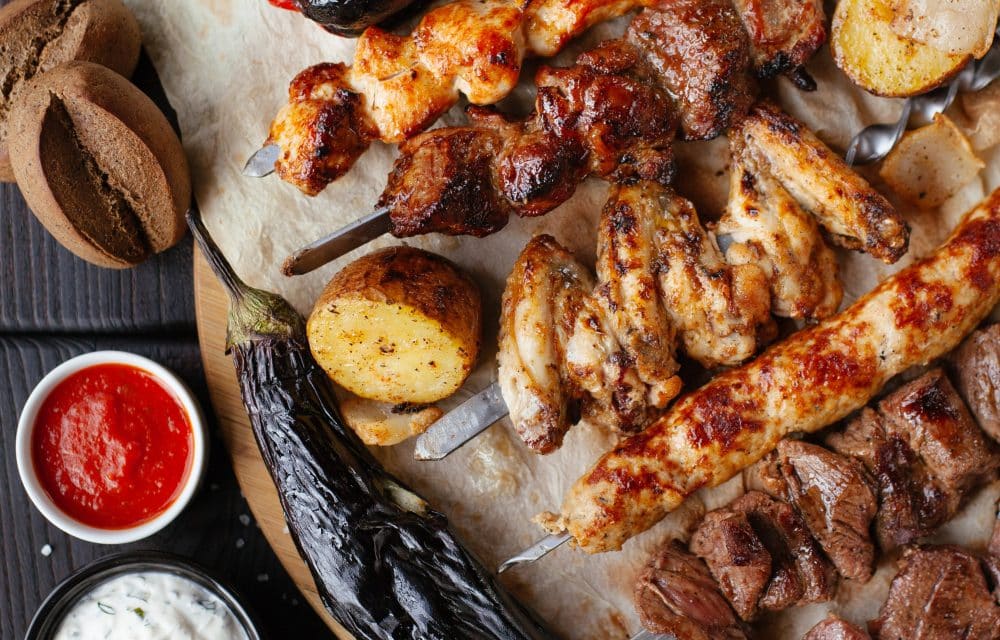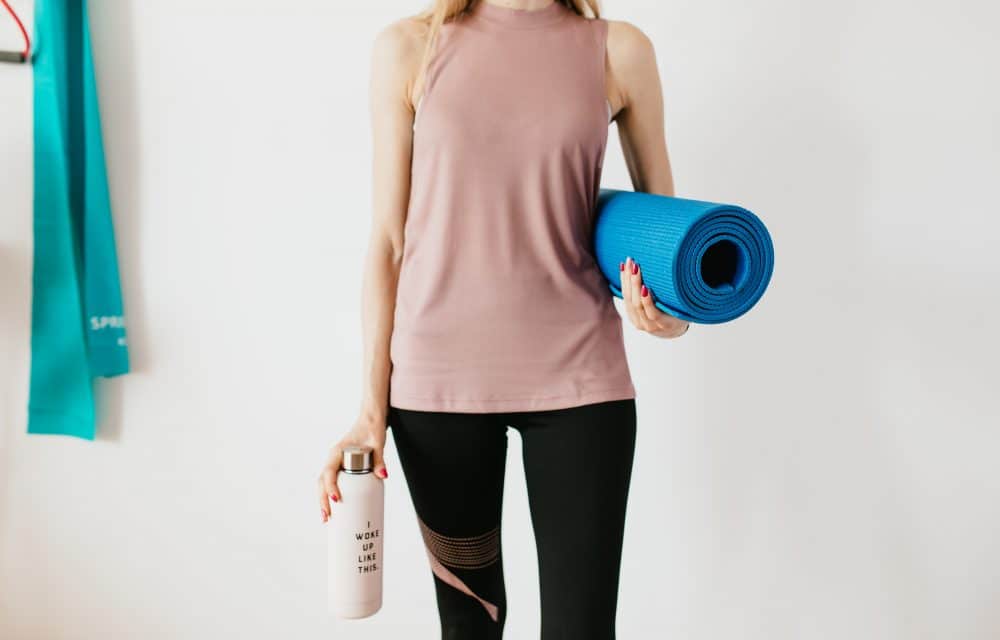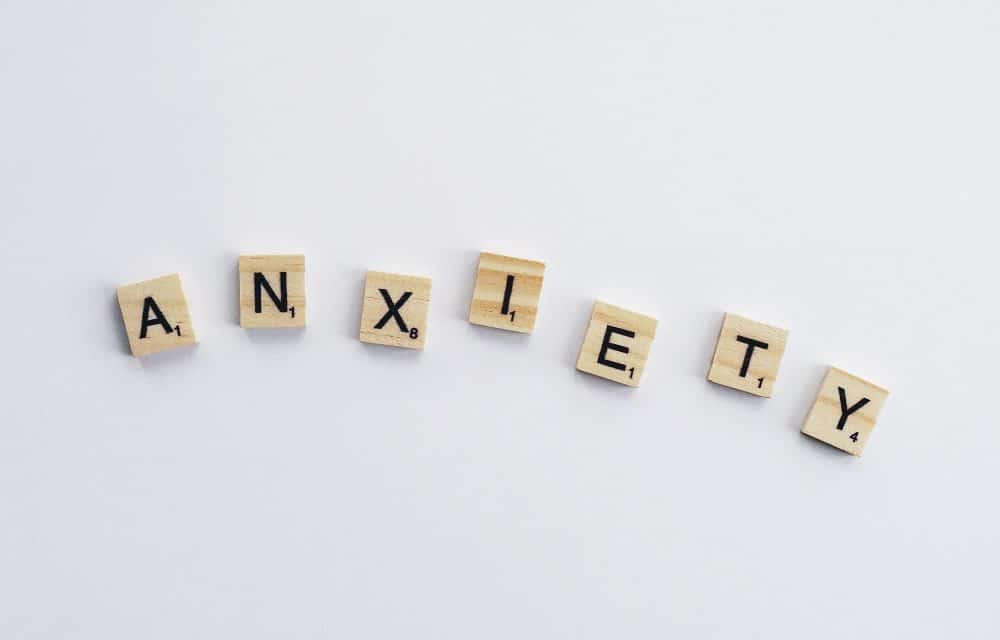Walking 10k Steps A Day Can Transform Your Health
While we advocate a full exercise program for good health that includes cardio, strength, balance, and flexibility sessions, if you’ve lived a sedentary life, you have to start somewhere. One of the simplest things to do is walking. Almost everyone can do it. It’s free. Studies show that increasing your activity, whether walking 10k steps a day or doing burpees and other exercises for 45 minutes, can improve your health and extend your life.
Why 10,000 steps?
When the idea of 10,000 steps was started, it was an advertising ploy for a Japanese pedometer called “manpo-kei.” It translates to “10,000 steps meter.” Japan was preparing for the Olympics. Fitness was on everyone’s mind. The number had no scientific backing at the time, but it caught on and became popular. Since then, studies have found that increasing activity has many health benefits, whether walking 10,000 steps or spending time at the gym.
Walking can prevent or improve osteoporosis.
When you walk, your muscles tug on your bones. That causes the bones to uptake calcium to increase their strength. The reverse occurs if you live an inactive lifestyle and don’t include weight-bearing exercises. Bones lose calcium. Even if you are active, walking on your days away from the gym can boost recovery. It increases circulation, helping muscles to heal faster. When your muscles are sore, doing light activities like walking, swimming, or relaxed biking reduces pain and helps muscles heal.
Is your blood pressure high?
Walking can help improve your heart’s functioning. It has to work harder occasionally to function at its best. Like any muscle, the heart needs exercise, too, or it gets weaker. Walking works large muscles. Those muscles produce nitric oxide that causes blood vessels to expand. That helps blood flow more easily and lowers blood pressure. The movement improves blood cholesterol levels, aids in weight loss, and reduces insulin resistance, which can lead to diabetes.
- Walking is a way to start an exercise program if you’re not ready for the gym. It burns calories and prepares your body for more intense tasks like a traditional exercise program.
- Walking outside is even better, especially if surrounded by greenery in a natural setting. Spending time with nature is calming. The sun exposure provides a dose of vitamin D that boosts immunity and benefits bones and teeth.
- Turn your walk into a HIIT—high-intensity interval training—walk. Alternate between peak intensity and a recovery rate to boost the health benefits. It gets you into shape faster and burns more calories.
- Walking can help reduce the risk of Alzheimer’s, dementia, anxiety, and depression. Before you start any fitness program, even walking, seek the advice of your healthcare professional.
For more information, contact us today at Body Sculptors Personal Training

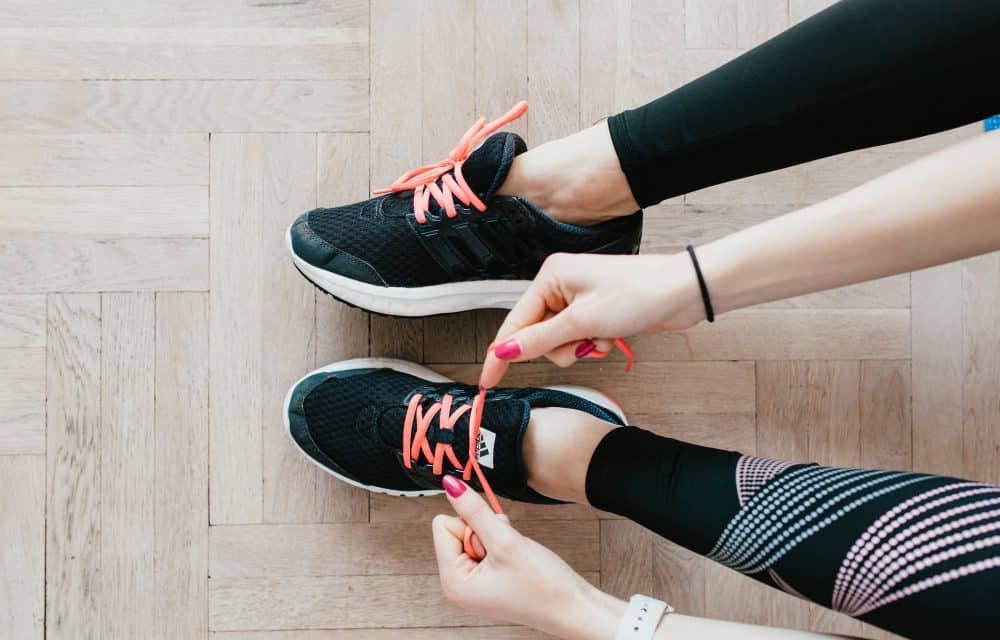
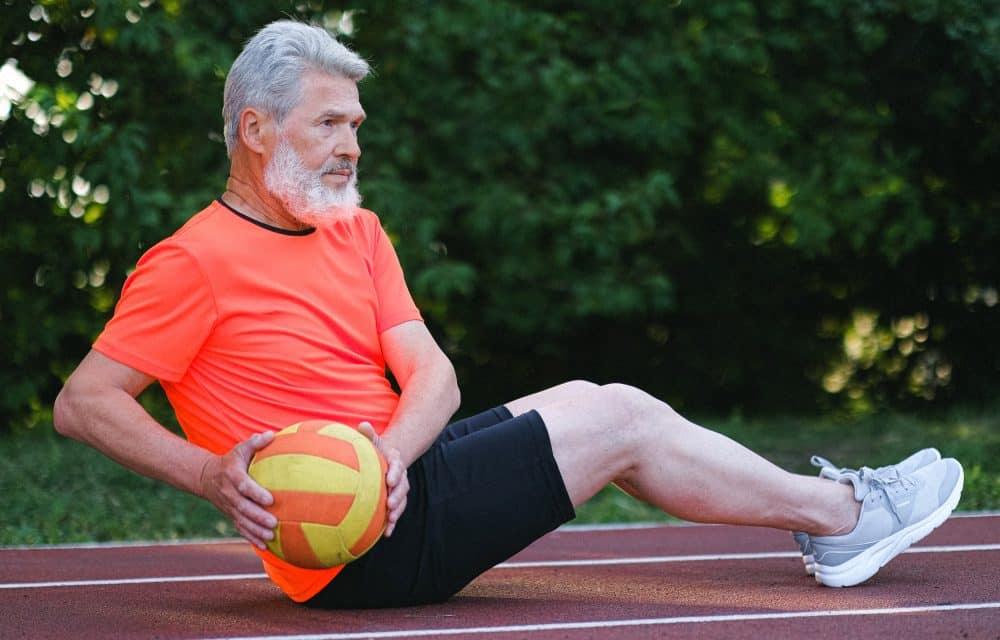

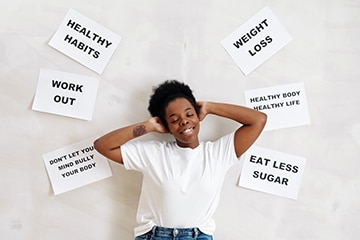
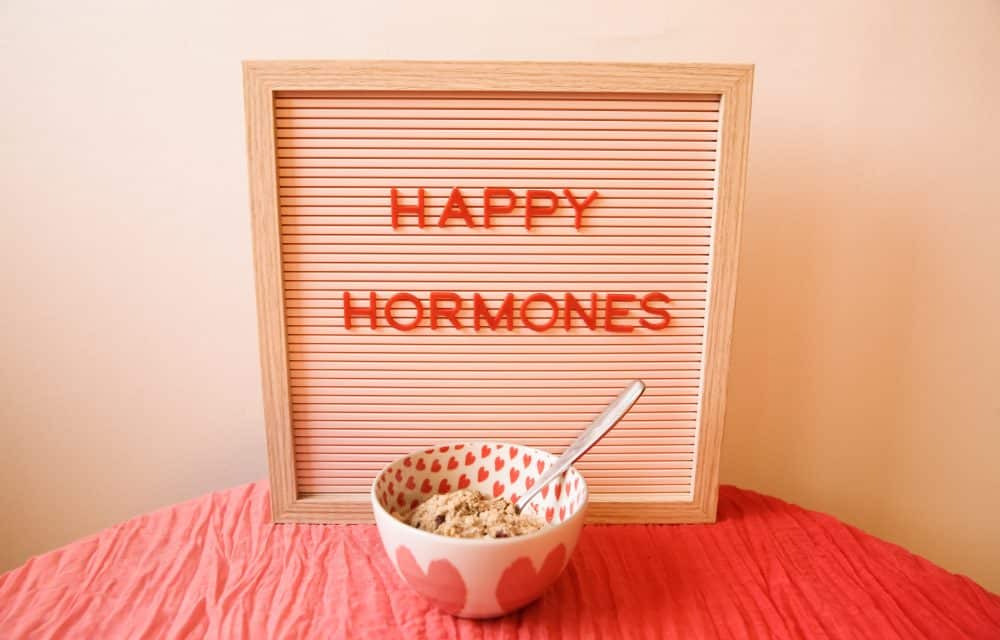
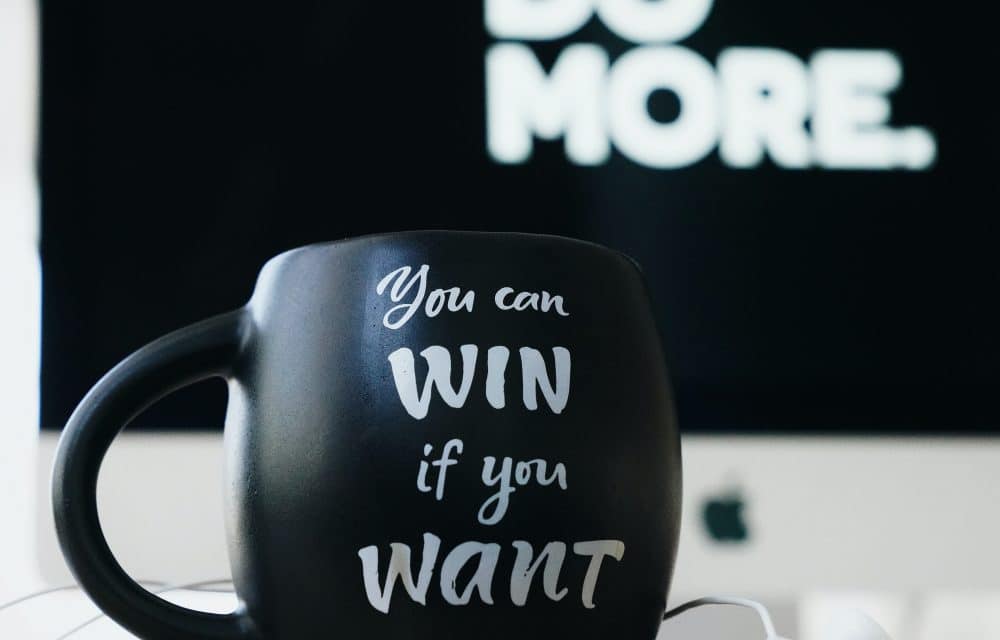
 It’s January and that means all those New Year’s resolutions have started. By now, many have also ended. I see it in Louisville, KY, people start a fitness regimen as a beginner and just can’t stay motivated. You can arm yourself with ammunition to help improve your chances of success. It all starts with setting a specific goal that you can measure. It makes the goal more exciting when you know if you’re coming closer and you can redirect if you’re not. Set a goal, make it specific and have a way to measure it.
It’s January and that means all those New Year’s resolutions have started. By now, many have also ended. I see it in Louisville, KY, people start a fitness regimen as a beginner and just can’t stay motivated. You can arm yourself with ammunition to help improve your chances of success. It all starts with setting a specific goal that you can measure. It makes the goal more exciting when you know if you’re coming closer and you can redirect if you’re not. Set a goal, make it specific and have a way to measure it.